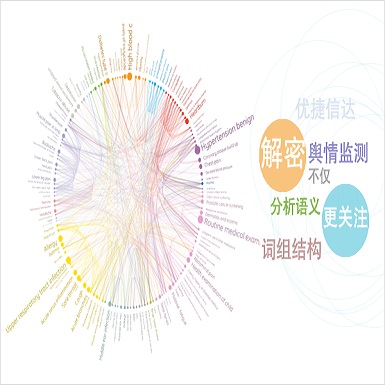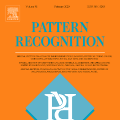How are abstract concepts and musical themes recognized on the basis of some previous experience? It is interesting to compare the different behaviors of human and of artificial intelligences with respect to this problem. Generally, a human mind that abstracts a concept (say, table) from a given set of known examples creates a table-Gestalt: a kind of vague and out of focus image that does not fully correspond to a particular table with well determined features. A similar situation arises in the case of musical themes. Can the construction of a gestaltic pattern, which is so natural for human minds, be taught to an intelligent machine? This problem can be successfully discussed in the framework of a quantum approach to pattern recognition and to machine learning. The basic idea is replacing classical data sets with quantum data sets, where either objects or musical themes can be formally represented as pieces of quantum information, involving the uncertainties and the ambiguities that characterize the quantum world. In this framework, the intuitive concept of Gestalt can be simulated by the mathematical concept of positive centroid of a given quantum data set. Accordingly, the crucial problem "how can we classify a new object or a new musical theme (we have listened to) on the basis of a previous experience?" can be dealt with in terms of some special quantum similarity-relations. Although recognition procedures are different for human and for artificial intelligences, there is a common method of "facing the problems" that seems to work in both cases.
翻译:抽象概念和音乐主题是如何在先前的一些经验基础上得到承认的? 比较人类和人工智能在这个问题上的不同行为,是很有趣的。 一般来说, 将人类和人工智能的不同行为与这一问题进行比较是很有趣的。 从一组已知例子中摘述一个概念(分析,表)的人的头脑, 创造了一张表格- Gestalt: 一种模糊的和超出焦点的图像, 与某个具有明确特点的表格不完全相符。 在音乐主题中出现类似的情况。 建造一种对人类心灵如此自然的古典模式, 能够被教给一个智能机器吗? 这个问题可以在一种量子识别和机器学习的量子方法框架内成功讨论。 基本的想法是用量子数据集取代古典数据集(分析,表), 对象或音乐主题都可以正式地作为量子信息的一部分, 包括量子世界的不确定性和模糊性。 在这个框架中, 直观概念的概念可以通过一个数学概念概念来模拟, 给量子数据集的正本体模型, 因此, 关键问题是, 我们如何将一个新对象或新音乐主题分类, 而在以前的程序中,, 似乎在一种特殊的逻辑上, 以人类的逻辑上, 。




